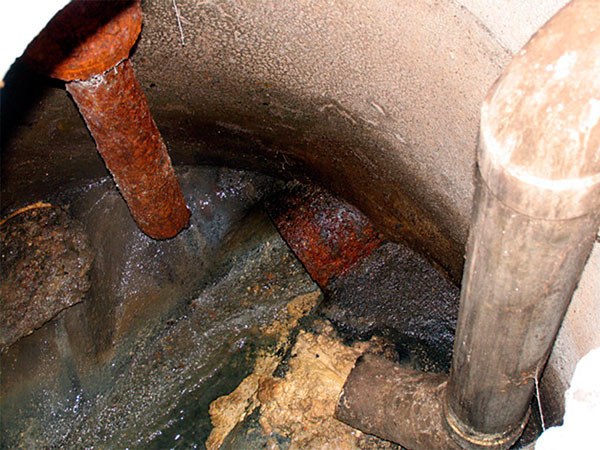Proposed sewer rate hikes in Langley got an official nod of approval at Monday night’s city council meeting.
Opting for a six-year rate structure labeled “Borrow Max & Step-Up,” the plan outlines an increase to $126 every two months in the first year to $256 by 2021. The hikes are part of the city’s sewer comprehensive plan and were one of five options available. The council predetermined which rate structure was to move forward at an earlier workshop. Monday night was the legal step necessary in order to finalize the plan moving forward, though the exact rate structure is still being revised, Mayor Tim Callison said.
The sewer plan was a year and a half in the making, Public Works Director Stan Berryman said, and the proposal changed several times before the council gave its final OK. The hikes will fix aging and leaky pipes, and facilities that have caused headaches for Langley’s sewer system. Nearly $2 million worth of repairs and improvements will be made over the next 20 years.
“It’s a tough subject and I guarantee it’s going to start a community dialogue about the future of our utilities,” Callison said at the meeting.
The exact figures are still being determined after the city council recommended the consulting firm hired to create the sewer plan, Katy Isaksen & Associates, “smooth” out the rates for a more level approach.
According to Langley’s general sewer system plan, the five options for rates were developed to demonstrate how the city could have a series of rate increases and potential borrowing to build up funding for the program over six years.
“I’m all about financial planning, so taking steps to get there and trying to take continuous steps,” said Katy Isaksen, the utilities financing contractor for her firm.
The rate structure selected was not the cheapest plan, nor was it the most expensive. The most aggressive option would have doubled rates in six years, starting at $168 every two months in the first year to $360 by 2021. The cheapest option started at $103 and increased to $126 by 2021.
According to the plan outlined Monday night, increases in percentage of 24, 12, 23, 13, 14 and 15 will occur over the six years. The fluctuation in rate percentage increases is what prompted the council to opt for a more level approach.
Randi Perry, Langley utilities supervisor, said she would have preferred an aggressive rate structure.
“For me and for what I do, the aggressive approach of course is going to be better,” Perry said. “It definitely eliminates the scary unknown with the step up in the pipes.”
“Katy’s plan is good. It’s a step in the right direction,” she added.
Perry has been looking around at other sewer districts and how they’ve educated their customers on rate increases. Callison said officials will need to do promotional activities so people understand why the rates are increasing, and that community members still have an opportunity to voice concerns.
“24 [percent] is going to be considered very steep and we’re going to hopefully start a conversation about our sewer system and its scope and its condition,” Callison said.
One councilman brought up the rate of productivity for the system as being only 60 percent.
“We need to have a conversation in the community about that,” Callison said. “They need to tell us how they want to handle it — do they want big rate increases every year or do something to help spread the cost around better and a little fairer?”
Councilman Thomas Gill said that by the end of the six-year period, the city will have an improved understanding of the condition of the sewer system and any future projects necessary to fix the problem.
He added that they’ll know whether they’ll need to reinvest in a new infrastructure as well, and if new connections will have raised the bar.
“Once we get the lines rehabilitated, in theory we’ll have less infiltration and have less use on the system,” Gill said.
Gill asked at the meeting if seasonal residents were taken into account during the process, as usage increases by three times during the summer. Isaksen said they were considered but not included in the rates. Perry added that after monitoring water usage, she found that there were no significant fluctuations and residents that did show fluctuations are not currently served.
Langley resident Jim Sundberg said he was in favor of the rate structure in a comment during the meeting.
“This plan is the best plan I’ve seen in terms of working out the details of the maintenance needs,” Sundberg said. “The sewer rate structure, I think, has sort of lagged behind compared to the water rate structure and you can see the effects in the final carryover each year. The water rate structure has helped us build up and use quite large sums for improving water delivery coming in, but we haven’t given the same attention to taking care of the water going out.”



